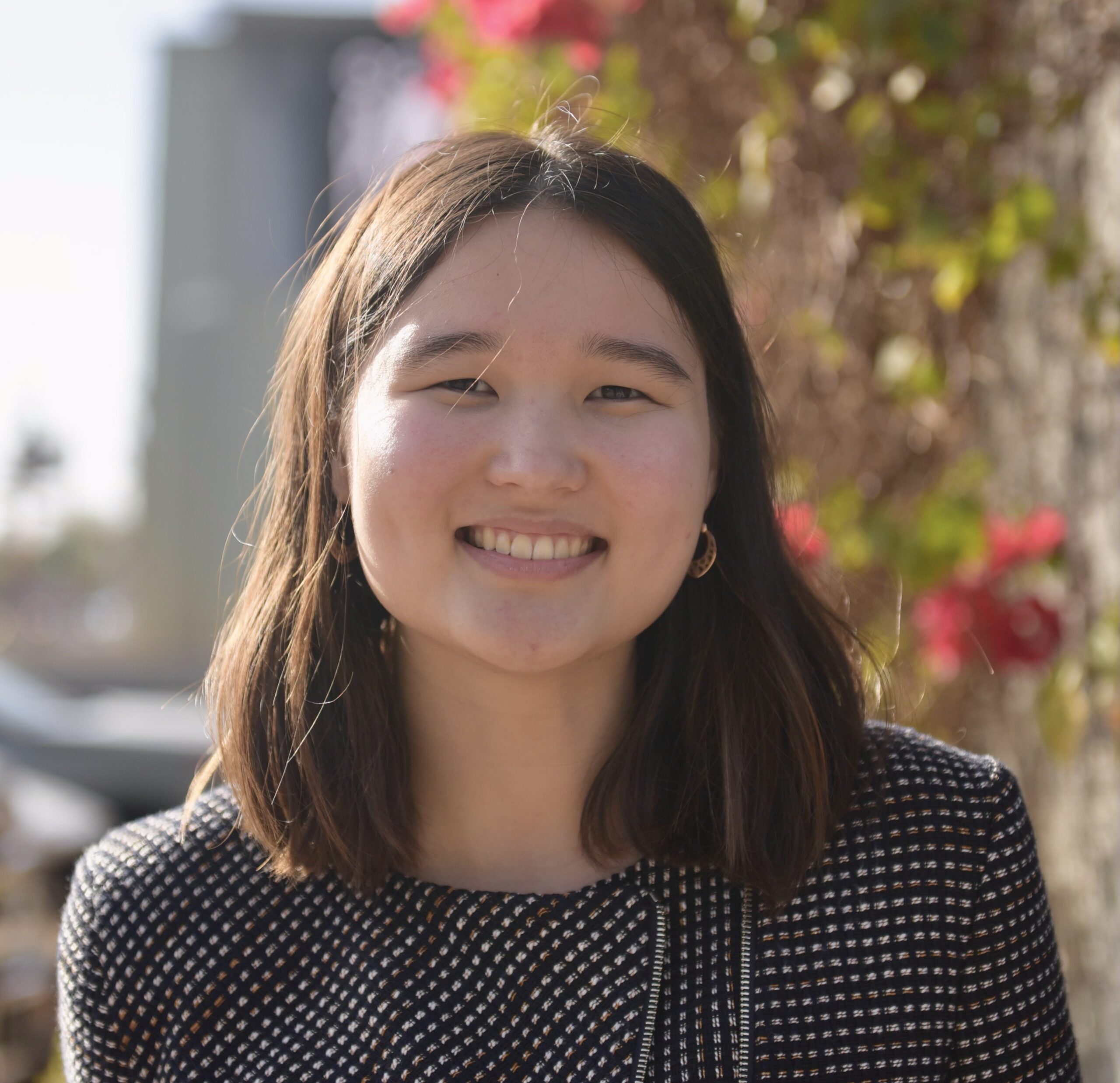UnitedHealth became a household name after the high-profile killing of its CEO Brian Thompson last year. But a team of STAT reporters – Tara Bannow, Casey Ross, Lizzy Lawrence and Bob Herman – tracked the insurance company’s growth long before.
Their multi-part investigation revealed how UnitedHealth raked in sky-high profits by acquiring other healthcare providers and taking advantage of the Medicare Advantage program to drive up consumer costs while reducing the quality of care. The series won the Silver award in the Global/National category of the 2025 Barlett & Steele Awards. Bannow, Ross and Lawrence gave The Reynolds Center a closer look at their reporting.
How it started
Before joining STAT, Bannow had noticed UnitedHealth buying up physician practices and surgery centers, creating a behemoth health conglomerate with “a hand in everything.”
“I felt like you could have one reporter covering UnitedHealth Group 24/7 and it wouldn’t be enough,” Bannow said. “When I came to STAT in 2021, it was like we got to do more on United.”
Ross had previously covered UnitedHealth’s use of an algorithm to deny care or cut off payments for patients in skilled nursing facilities suffering from serious injuries. That Pulitzer Finalist investigation opened his eyes to how UnitedHealth affected many aspects of healthcare.
“It can kind of stand on both sides of transactions in a way that creates conflicts people may not appreciate when they go get care or when they are talking with their insurance company about something,” Ross said. “So those are things that I think we really wanted to untangle.”
Lizzy Lawrence had not covered UnitedHealth prior to this investigation, but joined Bannow and Ross once they got a tip that UnitedHealth was using a “somewhat sketchy” artery disease screening test called Quantaflo. Lawrence covered medical devices at the time.
“So that’s kind of how I got involved in the investigation and started looking into it,” Lawrence said.
Connecting the dots
The investigation’s first order of business was reaching out to physicians who worked at UnitedHealth clinics across the country to gauge how they felt about the company taking over their practices and how the change in ownership shaped patient care. The STAT team split up to talk to different sources, but common issues, like the dubious screening test pushed by UnitedHealth, surfaced in each interview.
“We could kind of get a sense across all of our different notebooks that this was something a lot of people all over the country in all sorts of different settings and circumstances were encountering, and that didn’t make any sense to them,” Ross said. “So there was a kind of a nice jumping off point.”
After hearing the chorus of voices expressing concern about the Quantaflo test, Ross and Lawrence dug into it more deeply.
“What we found are quite a few doctors who were skeptical of United pushing this test, and skeptical that it had real clinical or medical value, but really what it had was financial value for the company,” Lawrence said. With Medicare Advantage patients, UnitedHealth would get even more money from the government to cover the care of patients with those diagnoses, she said.
Talking to physicians experiencing the same problems with UnitedHealth made Bannow realize the story was a “big deal.”
“Ultimately, it really was kind of shocking to hear doctors say that the same thing was happening in Oregon as was happening in New Jersey,” Bannow said. “We really heard a lot of the same practices by United across the country.”
Getting key perspectives on the record
Finding doctors willing to have their names attached to the story was tricky. “Everyone is pretty afraid of UnitedHealth,” Bannow said.
The solution was finding retired physicians who were formerly employed by UnitedHealth to share their experiences.
“It was easier to convince or make sources more comfortable being on the record if they were retired,” Lawrence said. “Those folks that are out of the working world, that are sort of out of the reach of professional repercussions.”
The story included some anonymous sources, but the team used them cautiously and only if their accounts could be corroborated by others. Ross emphasized the need for a “critical mass of sources saying the same thing” to support core claims.
“One of the important things when you’re dealing with anonymous sources, or people whose information you’re going to use on background in a story, is to make sure that there’s corroboration across those various sources of the key details,” Ross said. “But unless you have it across multiple sources, I think you really have to be careful about hanging any one important piece of information on any one person.”
A highlight was getting an online cache of documents from one of the sources, with email correspondence and different metrics comparing doctors and how many patients they saw. It was a moment that “felt like Christmas,” Bannow said. “It was a great day, and I think the article that came from it was really a strong piece.”
Navigating legal threats
Even before publishing each article that made up the complete investigation, the STAT team received pages upon pages of lawsuit threats from UnitedHealth.
“We really had to go through each article in painstaking detail with our lawyer, look at [UnitedHealth’s] claim in their letter,” Bannow said. “Does this pass muster? Do we need to change this? Do we need to add to this?”
UnitedHealth would accuse them of defamation after the stories were published and criticize the kinds of questions the reporters asked the company.
“It amounted to attempts to intimidate us, or to engage in a kind of prior restraint by intimidation by saying we were doing things and twisting the facts and so on and so forth,” Ross said. “But they never really had any claims that amounted to anything or could never point to any inaccuracies in the stories.”
Tips for aspiring investigative reporters
Ross encourages would-be investigative reporters to get right into the reporting. “Don’t wait for somebody to give you permission to do an investigation or to do some kind of deep dive reporting that you want to do,” Ross said. “It’s really important to get that experience early, to really dive into that reporting and to not take ‘no’ for an answer, because that’s why we do this.”
Lawrence suggested finding opportunities to collaborate with veteran journalists to learn more about how to conduct investigative work.
“Casey and Tara and Bob have taught me so much about how to do this kind of work, and it’s been an incredibly valuable experience,” she said. “So any way you can try to weasel your way in with reporters that are doing this work is a really good strategy.”
Once you start working on a story, cast a wide net for sources and try to find the people who are mad, the reporters advised.
“Reach out to everybody. The worst thing they can do is ignore you,” Bannow said. “Just use every tool at your disposal to find everybody that you can talk to.”











